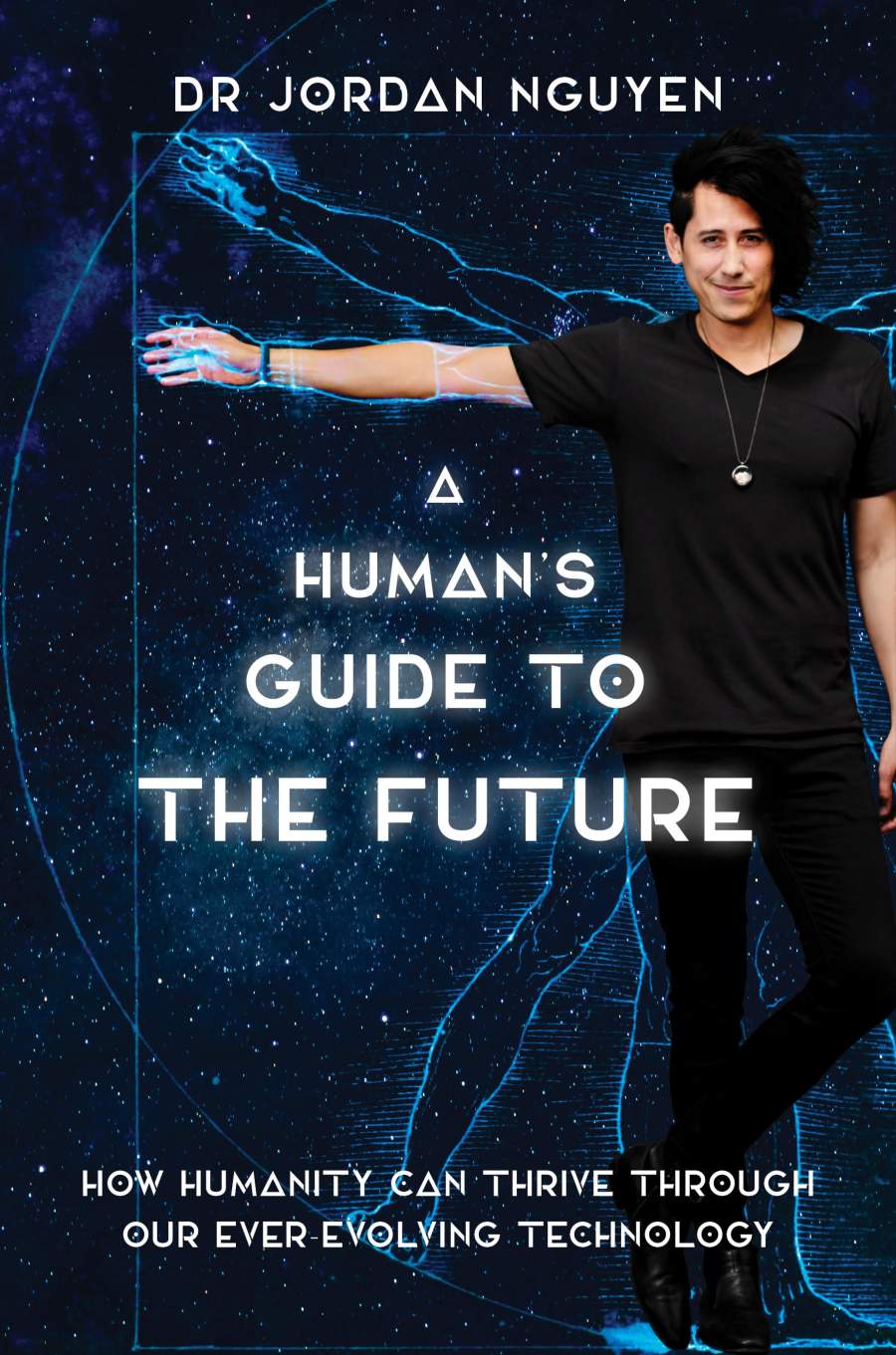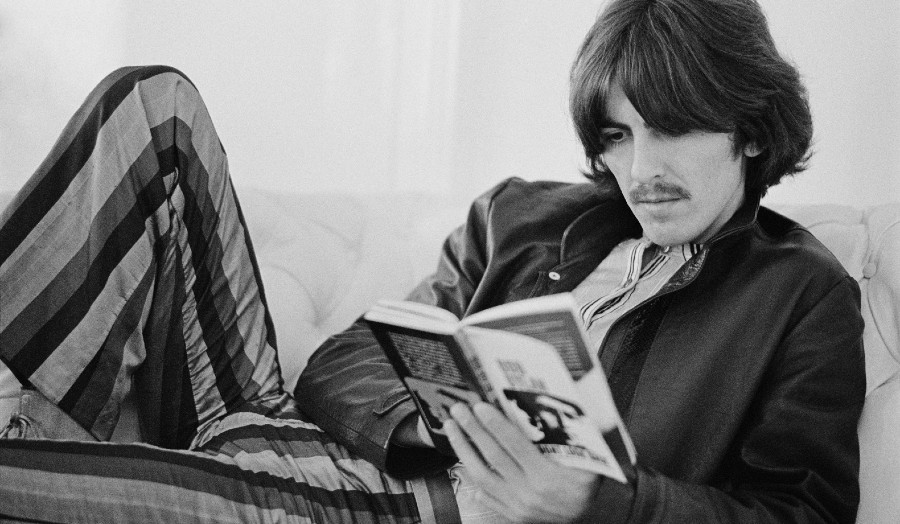Dr Jordan Nguyen offers approachable insight into the future possibilities afforded by modern technologies in A Human’s Guide to the Future.
Dr Jordan Nguyen seems to live and breathe technology. A biomedical engineer by education and a technological futurist by reputation, you’d be hard-pressed to find a better person to give you an overview of some of the new possibilities approaching rapidly from just over the human horizon.
In A Human’s Guide to the Future (Pan Macmillan), Dr Nguyen does exactly that. From virtual and augmented reality to the growing capabilities of AI and the blurring lines between human and machine, he covers some of modern technology’s most exciting new frontiers in a manner that’s both deep and digestible.

One thing that shines most in A Human’s Guide to the Future is Dr Nguyen’s hopefulness. His optimistic outlook and his enthusiasm for his field will come as something of a relief to those who are familiar with doom-and-gloom futuristic stories like those of Black Mirror or any number of dystopian sci-fi texts.
Nguyen expresses the need for a cautious approach to some technological developments — particularly transcendental AI super-intelligence — but his approach to various subjects is invariably taken through the lens of the potential for good. He constantly asks — and invites the reader to ask — how the technologies he discusses can be used to improve lives, and particularly to change the lives of people with disabilities.
A Human’s Guide to the Future is also filled with personal stories, highlights from Nguyen’s career in working with robotics, mind-controlled wheelchairs, virtual reality and more. These stories are used to approach complicated topics from a deeply human angle, opening the doors for more involved, technical, in-depth discussion.
On those points too, Nguyen takes care to break down and explain unfamiliar concepts in layman’s terms before he delves into them in-depth. The end result is an effective broad overview of a number of technological topics, but one that I fear will miss the mark with its intended audience. The book is very much intended for the likes of technological and sci-fi enthusiasts, but these are the same readers most likely to already have a solid understanding of much of the content that Nguyen covers.
I also found myself cringing at Nguyen’s musings on technology when they were sometimes framed as poetry, as if the words were so beautiful they could only be expressed as lines and stanzas. In these cases, the enthusiastic joy that uplifts the rest of A Human’s Guide to the Future strays into the realm of pretentiousness.

Dr Nguyen both promises and warns that “Technology is evolving at the fastest rate we’ve ever seen, but it may be the slowest rate we’ll ever see again!”. A Human’s Guide to the Future is an enjoyable, approachable, and delightfully human overview of the next technological leaps and bounds that humanity might be expected to take.
While its content might not generally appeal to a readership already acquainted with the ideas explored, there’s still enough depth to keep an enthusiast turning pages. More importantly, it serves as an easy introduction for anyone interested in understanding some of the big changes that are coming for our species.
A Human’s Guide to the Future is out now via Pan Macmillan.


